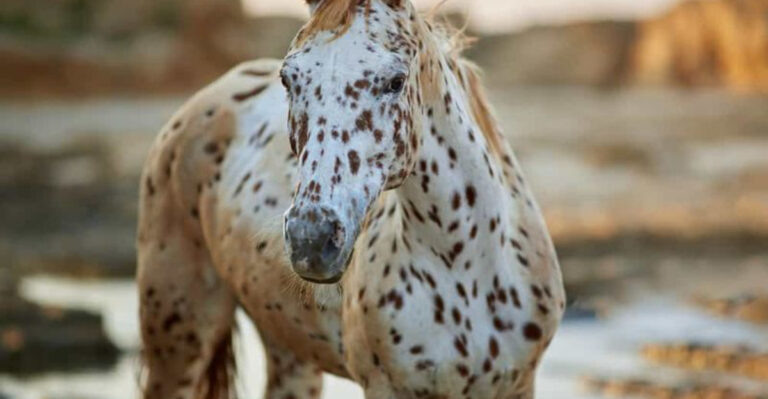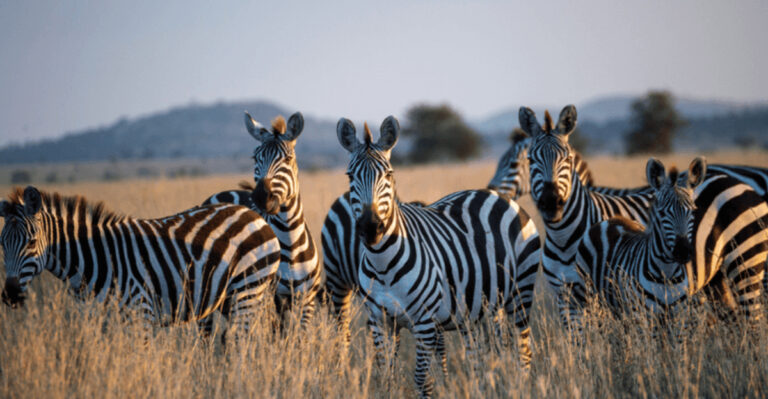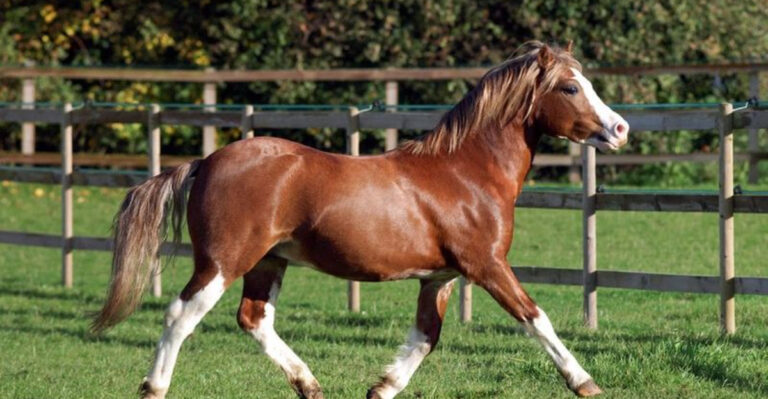How Fox Cubs Learn To Survive In The Wild
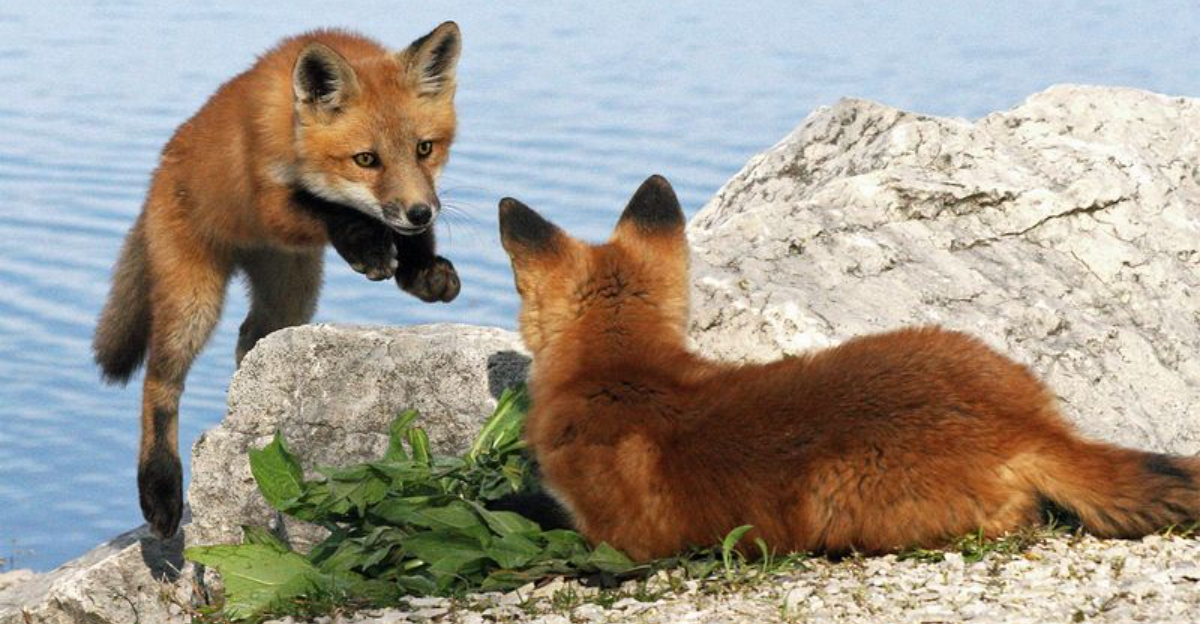
Fox cubs enter the world as helpless, blind bundles of fur, completely dependent on their parents. Within just a few months, these adorable kits transform into capable young foxes ready to face life’s challenges.
The journey from vulnerable newborn to independent hunter involves crucial lessons passed down through both instinct and parental guidance.
Let’s explore the fascinating ways fox cubs develop the skills necessary for survival in their wild habitats.
1. Mastering The Art Of Play Fighting
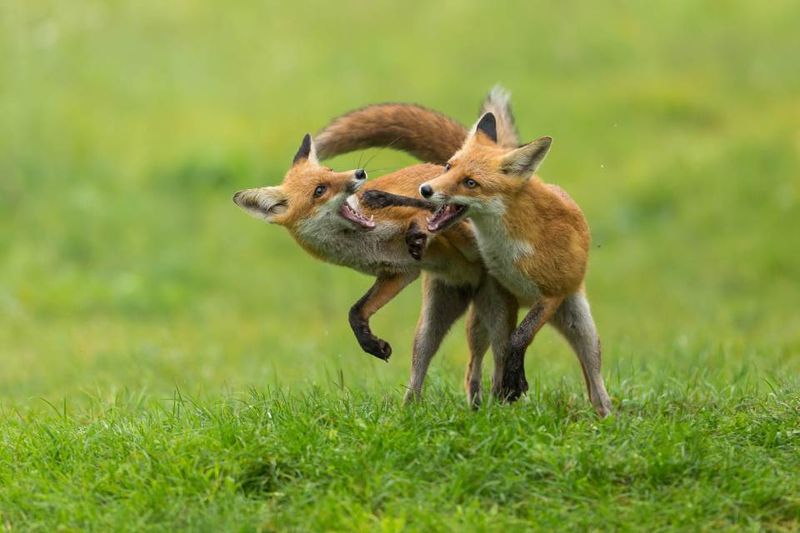
Tumbling over each other in what looks like adorable roughhousing actually serves a critical purpose in fox development. These playful wrestling matches teach cubs how to pin down prey, defend themselves, and establish dominance within their sibling group.
Cubs learn bite inhibition through these interactions – the crucial skill of controlling jaw strength. When a cub bites too hard, their sibling’s yelp provides immediate feedback, teaching them to moderate their force.
Play fighting also builds muscle coordination and stamina. The more they practice these mock battles, the better prepared they’ll be for real hunting and territorial disputes later in life.
2. Learning To Hunt Through Observation
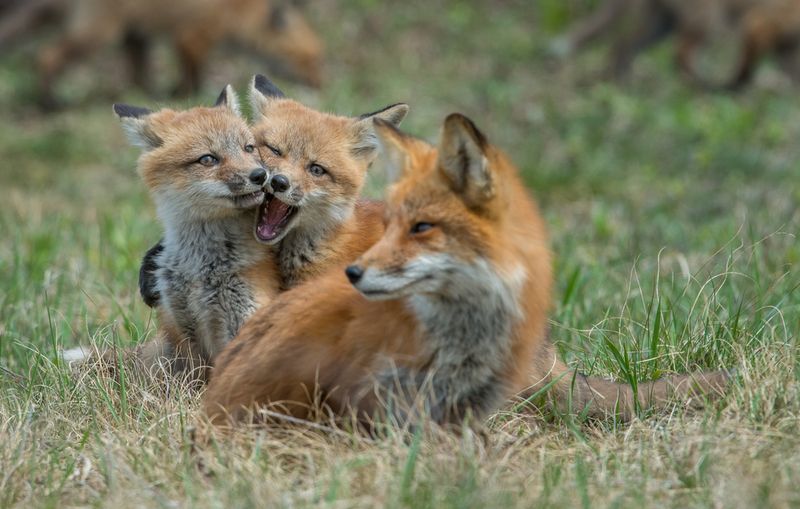
Fox parents demonstrate hunting techniques during the cubs’ first weeks outside the den. Mother foxes bring smaller prey back alive, releasing it near the cubs to spark their predatory instincts. This real-life demonstration ignites their natural hunting drive.
Cubs watch intently as parents stalk, pounce, and capture food. They memorize the distinctive head-tilting posture used to locate mice under snow or grass by sound. This behavior becomes permanently imprinted in their developing brains.
By 12 weeks, cubs begin accompanying parents on actual hunts, hanging back to observe before participating. These hunting field trips gradually increase in complexity as the cubs grow more capable.
3. Developing Keen Senses
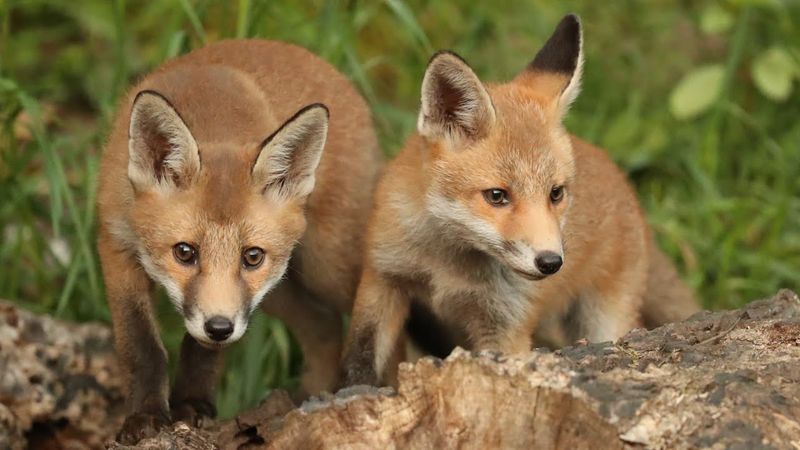
Born blind and deaf, fox cubs experience a sensory awakening around two weeks of age. Their eyes open to a world of visual information, while their ears begin detecting the subtle sounds of potential prey moving underground.
The mother’s milk contains compounds that accelerate sensory development. This natural boost helps their vision sharpen and hearing become more acute – critical for spotting danger and hunting opportunities.
Cubs spend hours practicing sensory skills through games. They’ll freeze suddenly, ears perked toward a distant sound, or focus intently on a leaf moving in the breeze. These seemingly playful moments actually hone the precise sensory abilities they’ll need for independent survival.
4. Territorial Awareness Training
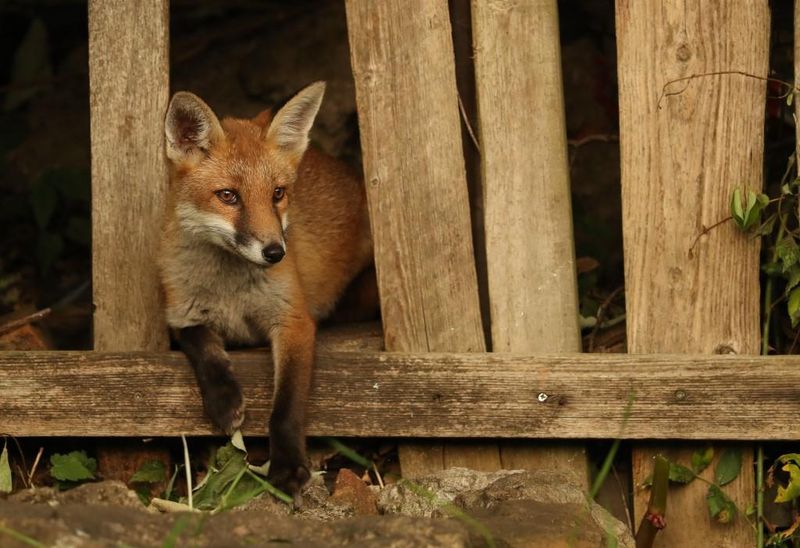
Fox families maintain specific territories, and cubs must learn these boundaries early. Parents mark territory edges with urine and scent gland secretions, teaching cubs to recognize these invisible borders through regular boundary patrols.
Young foxes quickly develop mental maps of safe zones versus dangerous areas. They memorize escape routes, hiding spots, and alternate dens within their territory – knowledge that proves lifesaving during predator encounters.
Around 4-5 months old, cubs begin practicing their own scent-marking behaviors. This crucial skill will eventually help them establish and defend their own territories once they leave their parents’ protection and strike out on their own.
5. Weather Adaptation Strategies
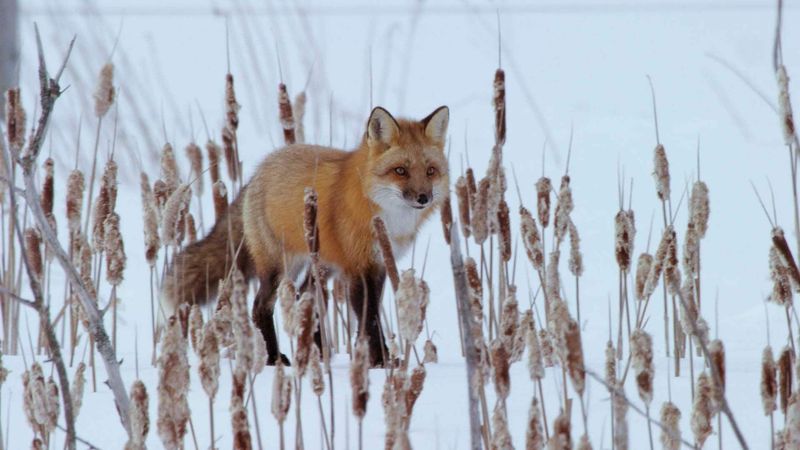
Fox cubs emerge from their dens in spring, giving them crucial months to prepare for harsher weather. Parents demonstrate seasonal adaptations like digging cooling scrapes in summer soil or finding sunny spots for winter warmth.
Cubs learn to adjust their activity patterns according to temperature. Hot days call for dawn and dusk hunting, while winter requires more daytime activity to capitalize on warmer hours.
Fur maintenance becomes a vital lesson as seasons change. Cubs observe parents’ grooming techniques that help their coats insulate properly. By their first winter, cubs have developed thicker undercoats and know how to curl into tight balls, tucking noses under bushy tails to conserve body heat.
6. Discovering Diverse Food Sources
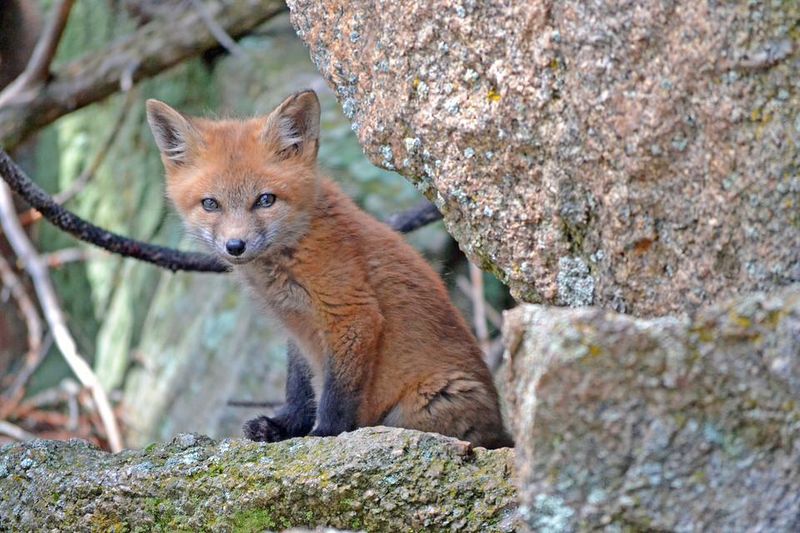
Survival demands dietary flexibility, and fox cubs receive a comprehensive education in food variety. Parents introduce cubs to everything from mice and voles to berries, insects, and even earthworms – teaching them that successful foxes never rely on just one food source.
Cubs learn which seasonal foods become available throughout the year. Spring brings bird eggs and nestlings, summer offers abundant berries and insects, while autumn provides fallen fruits and nuts to supplement their diet.
Parents demonstrate food-specific hunting techniques for different prey. The quick pounce for mice differs dramatically from the patient stalking needed for rabbits or the careful approach required for bird nests.
7. Mastering Den Construction
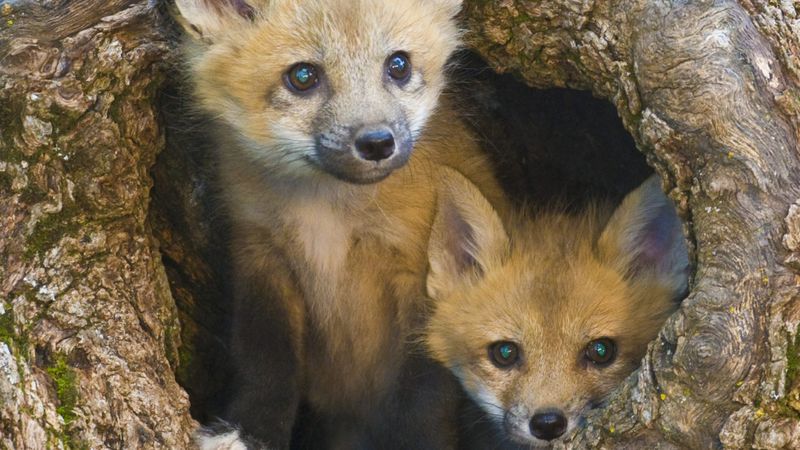
Fox cubs observe their parents maintaining, expanding, and repairing their underground homes. They learn that good dens need multiple escape tunnels, drainage to prevent flooding, and chambers for different purposes.
Around 4-5 months old, cubs begin practicing digging skills. Their initial attempts might be clumsy, but this practice develops the strong shoulder muscles and technique needed for efficient excavation.
Cubs discover how to identify ideal den locations – slightly elevated areas with good drainage and soil that holds its shape without collapsing. This knowledge becomes essential when they eventually leave to establish their own territories and need to create or modify dens for themselves.
8. Recognizing Danger Signals

Survival hinges on a fox’s ability to detect threats before they become deadly. Cubs learn to recognize alarm calls – the distinctive barks, screams, and chatters that communicate specific dangers to other foxes in the area.
Parents demonstrate freeze responses when birds suddenly go silent or when unfamiliar scents appear. Cubs quickly learn these subtle environmental changes often signal approaching predators like coyotes, wolves, or humans.
Through observation and experience, cubs develop a mental catalog of dangerous sounds – the snap of a twig under a predator’s paw, the mechanical click of a hunter’s rifle, or the distinctive engine noise of vehicles. This danger recognition becomes instinctive through repeated exposure and parental guidance.
9. Social Hierarchy Lessons
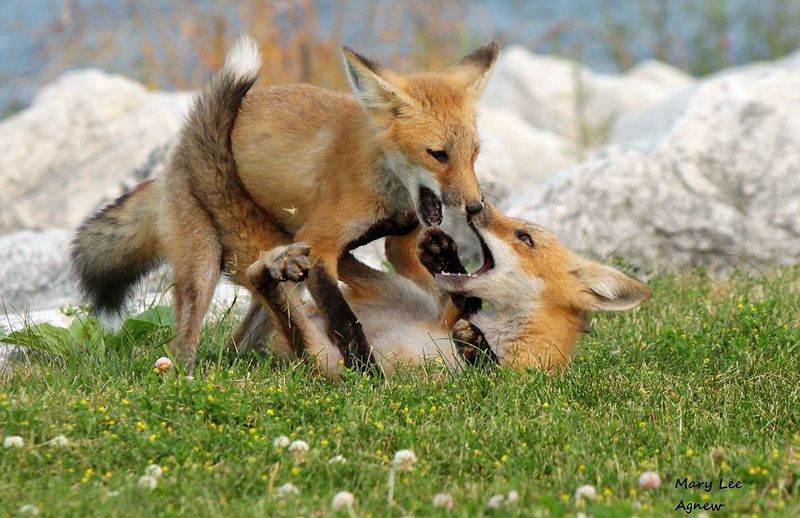
Fox families maintain complex social structures that cubs must navigate successfully. Through subtle interactions, cubs learn their place in the family ranking – usually with the father as the dominant figure followed by the mother and then cubs based on age and temperament.
Mealtime becomes a classroom for social rules. Cubs discover when to approach food, which siblings they can displace, and when to yield to higher-ranking family members. These lessons prevent resource conflicts that could threaten family cohesion.
Hierarchy understanding extends beyond the family. Cubs observe how parents interact with neighboring foxes, learning territorial respect and the proper responses to various social signals from foxes outside their immediate family group.
10. Developing Stealth Techniques

Moving silently through the forest becomes second nature to fox cubs through constant practice. They learn to place each paw deliberately, testing weight before committing to a step – a technique that prevents twigs from snapping underfoot.
Wind direction awareness proves crucial for stealth. Cubs observe parents testing air currents by wetting their nose or watching grass movement, teaching them to approach prey from downwind to prevent their scent from alerting potential meals.
Body control develops through hunting games. Cubs practice the characteristic fox stalk – body low to the ground, moving in slow motion with periodic freezes. This patience-building exercise transforms playful pouncing into the calculated hunting technique that will eventually feed them.
11. Water Navigation Skills

Unlike many cat species, foxes readily swim when necessary. Cubs receive swimming lessons at safe, shallow water spots where parents demonstrate the dog paddle technique. Initially hesitant, cubs gradually build confidence through encouragement and observation.
Stream crossing strategies become essential knowledge. Cubs learn to evaluate current strength, water depth, and to identify the safest crossing points. Parents show them how to use rocks as stepping stones or find narrow points for jumping.
Water as a safety tactic enters their survival toolkit. Cubs discover that crossing through water helps break their scent trail when pursued by predators – a clever evasion technique that can mean the difference between life and death during a chase.
12. Independence Through Gradual Separation
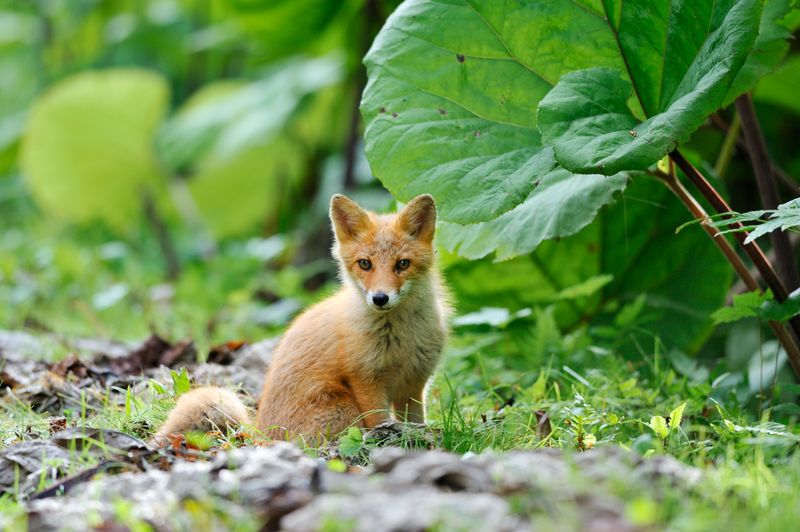
The final survival lesson involves parents purposely creating separation. Around 6-7 months, parents begin disappearing for longer periods, forcing cubs to practice survival skills without guidance. This intentional abandonment might seem harsh but prepares them for inevitable independence.
Cubs start venturing further from the family den, exploring independently for hours before returning. These solo expeditions build confidence and problem-solving abilities as they navigate challenges without parental assistance.
Eventually, territorial pressure increases as parents become less tolerant of maturing offspring. This natural tension pushes young foxes to disperse and establish their own territories, usually between 8-10 months of age, completing their transition from dependent cubs to self-sufficient adults.

